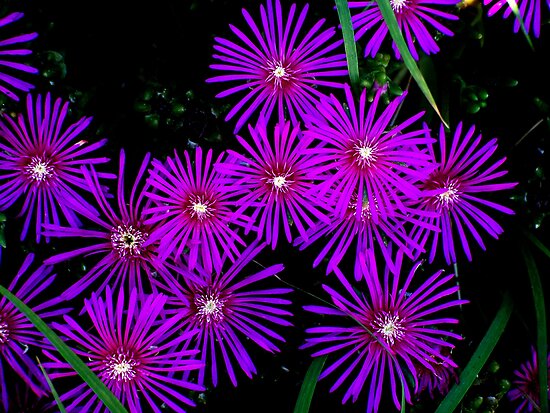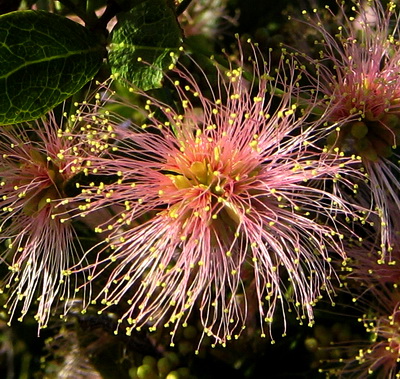Need a list of outdoor summer time activities? Well, here are a few. No more excuses! :)
1. go on a picnic
2. skip rocks
3. visit a local
nature area
4. take a hike
5. make mud pies
6. start a
nature journal
7. set up your tent and have a camp out in your backyard
8. go on a bike ride
9. go on a
nature scavenger hunt
10. search for
animal tracks
11. make a
nature craft
12. go fishing
13. watch the sun set
14. find figures in the clouds
15. visit a lake or river
16. go canoeing
17. make a
treasure hunt with clues
18. build an outdoor fort or a tree house
19. learn about 5 new
plants
20.
find and count bugs
 |
| Patent-leather beetle |
21. create a backyard
obstacle course
22. do a
photo scavenger hunt
23. identify the
night sounds you hear
24. watch and learn about
birds
25. create a dandelion chain necklace
26. play
games (freeze tag, capture the flag, hide-and-seek, sardines...)
27.
stargaze
28. climb a tree
29. press
flowers
30. jump in puddles
31. make homemade
bird feeders
32.
build a terrarium
33. plant something in the garden
34. catch and release some frogs
35. examine a
fallen log
36. preserve a
spider web
37. learn
bird language
38. learn a new skill (swimming, fire building, orienteering..)
39. go
geocaching
40. learn about
edible plants
 |
| Dandelion fritters |
41. learn about
wilderness survival or take a course
42. go backpacking
43. visit a zoo
44. make a boat out of nature materials and float it in the creek
45. make your own
rainbow
46. make a homemade
sundial
47. build your own
weather station
48. build a mud or sand castle
49. make your own
cattail doll
50. find a
sit spot and observe nature
51. visit an aquarium
52. explore somewhere new (a new trail, a new park...)
53. go on a
micro safari
54. start a nature collection (rocks, seeds, feathers, shells...)
55. collect lightning bugs
56. catch and observe
crayfish
 |
| catching crayfish |
57. raise
butterflies
58. have a bug race
59. make and bury a time capsule
60. create a nature table to display nature treasures you find
61. read a book under a tree
62. make and fly a
kite
63. walk in the rain
64. go swimming
65. walk barefoot
66. sketch a map of your backyard
67. make a
wicker basket or a
honeysuckle basket
68. make a
sound map
69. make
bannock over a campfire
70. take the
tourist test and find out what you still need to learn about nature
71. design and implement a backyard
wildlife habitat
72. visit a natural history museum
73. learn how to make a
Willow whistle
74. create a
solar oven
75. sleep out under the stars
76. clean up an area in a park or along a trail
77. start a compost pile
78. make a wind chime out of natural materials
79. build a
survival shelter and if you are brave enough, sleep in it
80. feed the ducks at a local park (good options include: cracked corn, uncooked oats, birdseed, grapes cut in half, cooked rice, spinach, duck feed pellets. Bread, chips and crackers are unhealthy for ducks because the food has little nutritional value.)
Also check out this site that has many
nature activities and experiments
Or find more nature activities at
Nature Rocks
If you have any other fun outdoor activities you did as a kid, I would love to hear about them.







































